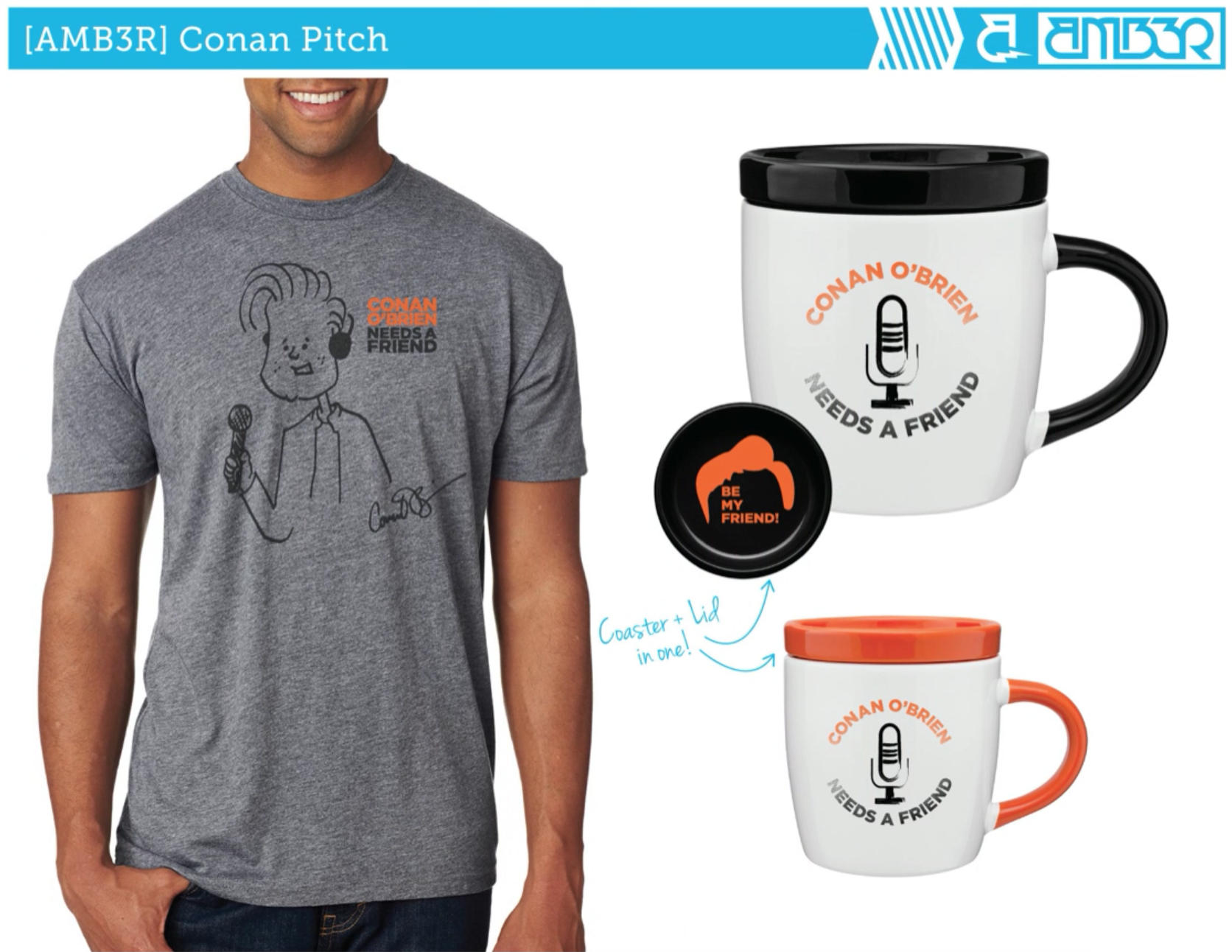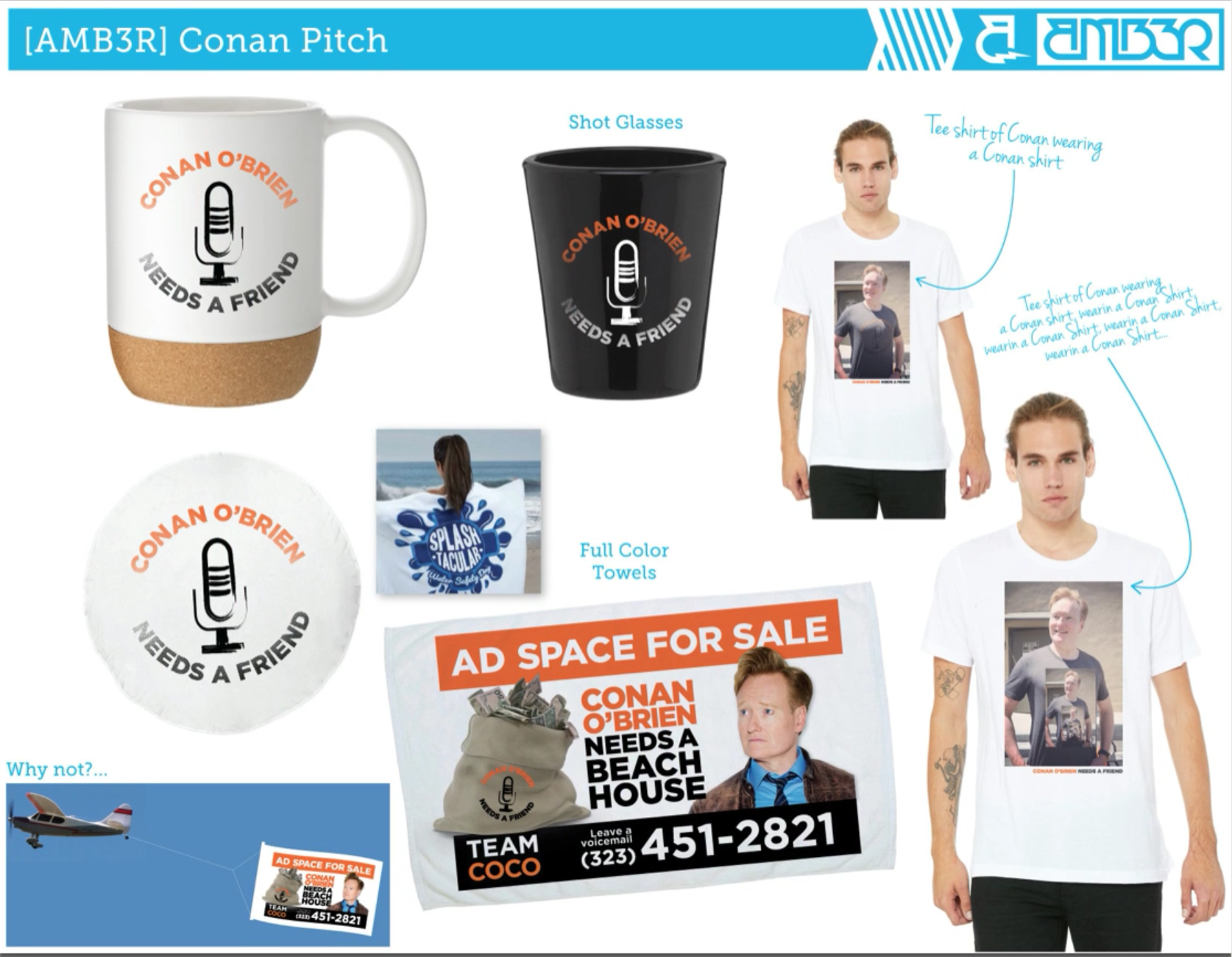When your client asks for a new T-shirt or hat idea, chances are you send them back a few shirt options in their selected colors and maybe a couple hat styles that fit their idea. It is likely that most distributors and suppliers are operating in this fashion, taking the inquiry and producing what is asked for the client. While this is fine on an introductory level, it puts the reins into the clients’ hands instead of allowing us, the experts, to direct the client.
Customers will ask for what they know or what they have seen others produce successfully, but they do not know the extent of what we can truly offer them. A hot sauce company might ask for a new hat and have no idea that we could actually help them produce custom bottle labels and branded signage for their wholesale clients.
The value we can bring relies on our creative suggestion, and your client will appreciate the custom attention and novel marketing ideas. Show them what they need based on the problem they present. A T-shirt might not be the best investment for their project or merch line if part of their goal is minimizing inventory space. Trust me—I’m a T-shirt snob and I come from an apparel background, so that’s hard for me to say.
Mock up their design on a tote bag, face mask, tin of mints, trendy water bottle and branded car sun shade. If they are submitting artwork, don’t just leave it as is. Adapt the design for the medium while staying within their branding guidelines.
Constant Market Research
A major part of being creative and coming up with fresh ideas is cataloging items you see in the retail or promotional space that you find appealing. This can be making a note after seeing an item at a trade show or creating quick lists of “Awesome Promotional Items for Summer Camps” to reference. Obviously, suggesting eco-friendly products to a yoga studio is going to go over better than suggesting tons of plastic items. A tech or security company is going to be more selective regarding flash drives than a company doing a trade show giveaway might be.
Finding inspiration and trending design ideas is also important if you want to maintain your expert designation. Pinterest is a great tool to employ. Utilizing this approach, you are developing a living, breathing mood board of innovative ideas. The ultimate goal of spending time in the research phase is to eliminate having to manifest original ideation for every new project. While some customers will absolutely deserve on-demand curation based on their project needs, having a library of images to pull from is one of the first steps in the creative process.
In doing market research, it is also important that project managers and designers are on the same page as far as design limitations of certain products with your suppliers. A customer can become easily frustrated if you suggest a full-color all-over print on a specific product that only offers one spot color in a small imprint area.
To reiterate, this exercise is not meant to simply copy other ideas, but to serve as a base inspiration to ensure your clients’ products are fresh and trendy. Trendy, of course, can mean different things depending on their demographic and purpose. Do not always resort to what you or your designer like—look at what the marketplace likes. It is imperative to create products in line with the quality of what end-users are familiar seeing and spending their hard earned money on. Research will guarantee the end-client will actually wear or use the product.



Should I Make a Pitch for Every Client?
No! Take the top 20 percent of your clients and start there. Better yet, out of your top 20 percent, take a few of the top five that have retail potential to be your beta testers. The lifetime value has to be worth it to share your creative equity. The one-time-a-year order or the company that does not have the potential to grow beyond their current place isn’t the best for this. Send them a more templated, curated list of ideas instead of a fully curated pitch.
How to Curate a Product Mix
Before you start designing or suggesting garments, decoration techniques and accessories, have a discussion with the client about the types of products in which they are interested so you aren’t simply guessing. It may take a few versions of a pitch, but this gives the designer, the project manager and the client a good blueprint of where to take the project. The pitch documents shouldn’t be rigid. After you send mockups, the client might want to see a certain design on different products.
If you have read other articles I have written, you will come to understand that I’m always pushing against being solely an order taker, but rather becoming a brand builder. A brand is a holistic embodiment or representation of your client. You can’t accomplish brand identity with one item.
Presenting the Products
Create an outline of the product categories or items you will be suggesting. For example, you might be offering a PDF of the following items:
- 2 short sleeve T-shirts
- 1 long sleeve shirt
- 1 crewneck sweatshirt
- 1 lightweight zip hoodie
- 1 curved bill trucker
- 1 beanie
- 2 hot/cold tumblers
- 2 ceramic mugs
- 1 sticker sheet
- 1 backpack
- 1 pair of socks
- 3-4 tech accessories
Even if you are spreading out the merchandise line production over a few months or even planning for the next year, this is a great document to come back to when you want to start a new item. It’s a reference point to document the exact products they want as well as to make notes of what didn’t resonate.

Creating a Profitable Product Pitch
Here are some final tips that may help when crafting a product pitch:
1. When planning a pitch, ensure the potential for profit coincides with the amount of time and effort put in. We used to do this for every new client and wasted a lot of time.
2. Avoid making one stock pitch to send to everyone. Curate based on the business needs. Don’t pitch a flask if the company is a religious organization.
3. Begin by curating products into folders within your database. Maintaining a central database of product blanks is helpful. We create a uniform and organized layout utilizing multiple artboards in Adobe Illustrator. Headwear, apparel and accessories are given their own sections within the presentation.
4. Know how much time a pitch will realistically take. For standard clients, assume that pulling blanks and setting up the layout will take about 15 minutes to an hour. For high-profile pitches, double this time and add an hour or two of client conversation and consulting. For creative design, plan on anywhere from 1.5 to 3.5 hours depending on the depth of development and potential for profit.
When employing product pitches successfully, the increase in customer loyalty and bottom line profits will become quickly apparent.



